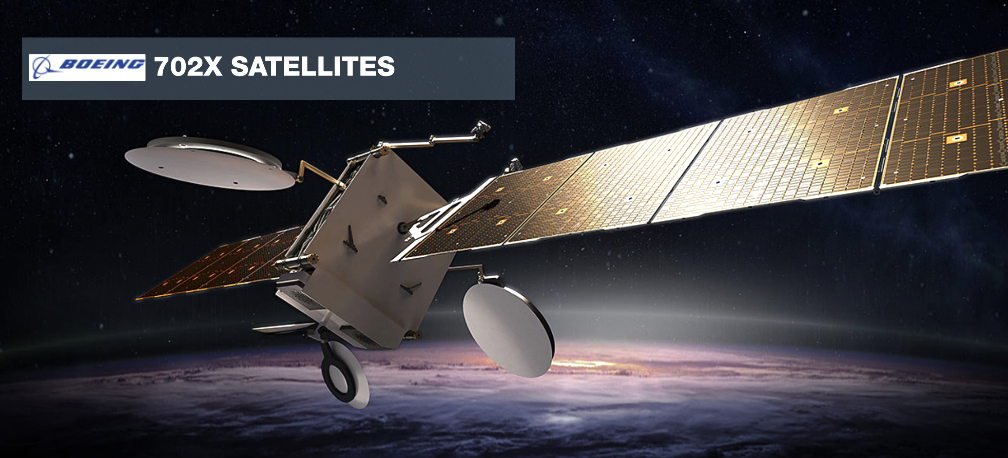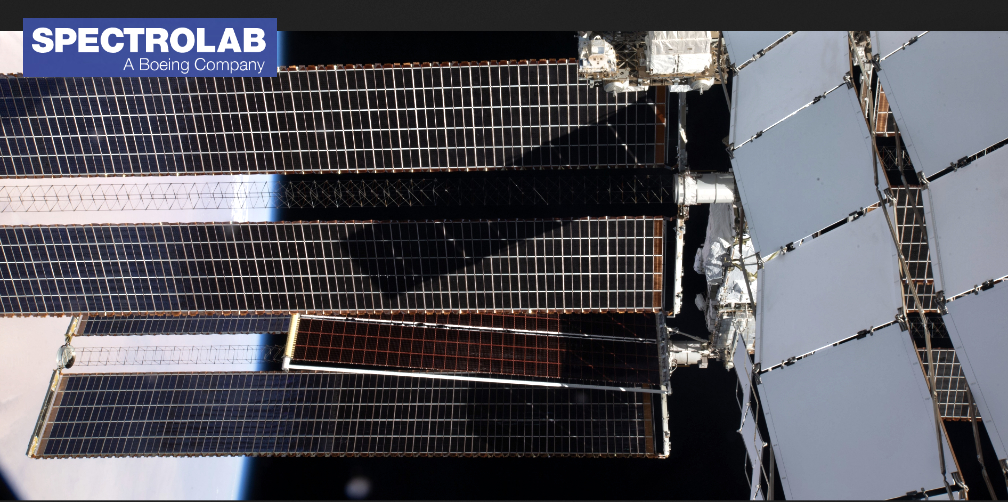
Boeing [NYSE: BA] has delivered the most powerful satellite platform the company has built to date, the 702MP+, a custom-designed spacecraft for network provider Viasat [NASDAQ: VSAT].

Upon embarking from the Boeing factory in California, ViaSat-3 Americas was flown to the Florida Space Coast where Boeing and Viasat teams will support launch and mission operations as the spacecraft prepares to travel to geostationary orbit, approximately 22,000 miles from Earth.
Once in orbit, ViaSat-3 Americas will be the first of three 702MP+ satellites to make up the ultra-high-capacity ViaSat-3 satellite constellation, designed to provide high-quality, affordable global connectivity and coverage.
Based on the flight-proven 702 vehicle design hosting the U.S. Department of Defense’s Wideband Global Satellite (WGS) constellation, and more than 40 other high-performing satellites, including ViaSat-2, Boeing’s 702MP+ features all-electric propulsion for the first time aboard a 702MP, providing more sustained thrust and efficiency.
Boeing improved the platform’s structure to support Viasat’s large payload. The platform also accommodates the largest commercial satellite solar arrays Boeing-subsidiary Spectrolab has ever produced, along with batteries and supporting electronics, which generate well over 30 kW of solar power.

The satellite has some of the largest reflectors ever sent to space and will be significantly larger than most geostationary satellites, requiring highly-refined, highly reliable hardware and software to maintain optimal satellite control. In addition to designing and manufacturing the platform, Boeing worked with Viasat to integrate the payload.
“Working with Boeing, we’re very excited to complete the ViaSat-3 Americas and bring us one step closer to providing higher speeds, more bandwidth, and greater value to our customers on a global scale whether they be on land, on the sea, or in the air. The innovation of this satellite allows us new levels of flexibility to dynamically allocate capacity to the most attractive and engaged geographic markets.”
Dave Ryan, president Space & Commercial Networks, Viasat
“We designed, built and delivered the most powerful satellite platform we have ever provided to a customer. The result really is an engineering marvel. We expanded the boundaries of our design and the platform components to exceed Viasat’s demanding mission requirements, while ensuring alignment with Boeing’s proven qualification and reliability standards.”
Michelle Parker, vice president of Space Mission Systems at Boeing Defense, Space & Security
